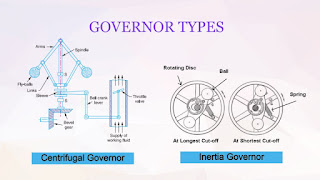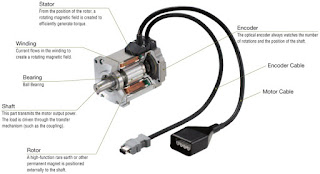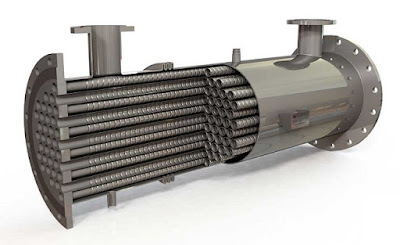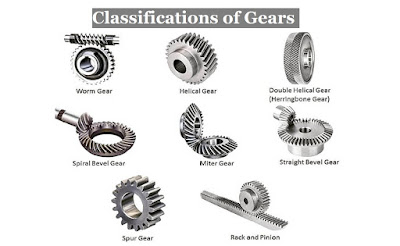In material science, the Heat treatment processes used to impart the physical properties by altering the microstructure. here discussed the purpose of the heat treatment and the different heat treatment processes briefly.
Heat Treatment
Heat Treatment includes the heating and cooling of the metal to obtain the desired mechanical properties without changing the chemical composition. There are different Heat Treatment processes are available. They are
1. Normalising
2. Annealing
3. Surface Hardening/Case Hardening
4. Hardening
5. Tempering
6. Spheroidising
These are the different processes available for heat treatment. Now we have to understand the need for this Heat Treatment
Purpose of Heat Treatment
1. To increase the Hardness of the Metals.
2. To improve the machinability
3. To soften the metal
4. To improve the grain size
5. To relieve the stresses set up in the material after hot working or cold working.
6. To attain the better resistance to heat and corrosion and wear.
Those are the distinct properties that we can achieve with the heat treatment.
So let’s discuss the above mentioned different heat treating processes one by one.
Normalising
In the Normalising process, the Metal will be heated 30° to 50° more than the upper critical temperature for fifteen minutes. It allowed to cool down in the still air.
Objectives of Normalising process
1. It will refine the grain structure results in excellent machinability, tensile strength and weldability.
2. Improves the mechanical and electrical properties
3. Removes the strains caused by the cold working (Hammering, Rolling, Bending)
4. Removes the dislocations in the internal molecular structure Due to hot working.
Annealing
In the annealing process, there are two types of approaches
♦ Full annealing
In the Full Annealing processes, the metal will be heated 30° to 50° more than the upper critical temperature for three to four minutes. After that, it allowed to cool down slowly in the furnace itself. The critical temperatures for the steels for annealing will depend on the carbon percentage in the steel.
♦ Process Annealing
In the Process Annealing, The metal is heated close to the lower critical temperature of the material for some time and cooled slowly.
**This annealing processes mostly used in sheet industries and wire industries
Objectives of the Annealing process
1. It improves the machinability by softening the metals.
2. The metals can be cold worked(Hammering, Rolling, Bending) easily by this annealing processes.
3. Refines the grain size and improves the mechanical properties such as ductility, strength.
4. Able to alter the magnetic, electrical and physical properties.
5. Relieves the internal stresses caused by the hot working and cold working.
6. Can remove the internal gases trapped during casting processes.
Surface Hardening/Case Hardening
Case Hardening usually is done after the metal shaped into the final shape as the machined component. It provides the component to achieve the hardened surface in such applications where a component needs to resist the wear and tear. Case hardening is also known as surface hardening.
There are different Surface Hardening or Case Hardening processes. They are
1. Carburising
2. Nitriding
3. Cyaniding
4. Induction Hardening
5. Flame Hardening
All these processes come under the case hardening processes used to harden the outer layers of the components and to maintain the soft core material to absorb the shocks.
**This Case Hardening processes mostly used for gears and railway wheels, ball bearings etc.
Hardening
In the Hardening process, the metal will be heated 30° to 50° more than the upper critical temperature for some time(Based on the thickness of the material time may changes). Afte allowed to cooled suddenly by quenching the water or oil or brine.
Low carbon steels are usually not hardened due to the presence of ferrite which causes the softness and will not affect by this treatment
Objectives of the Hardening process
1. Increase the hardness of the metal.
2. Make the metal suitable for making cutting tools.
3. As the greater rate of sudden cooling results in a better hardness of the metal.
Tempering
Tempering is also known as Drawing. In this process, we have to use the already hardened metal. In tempering process, we will be reheating the hardened metal below or close to the lower critical temperature and after that, it allowed to cool. To attain the following objectives
Objectives of the Tempering process
1. Reduces the brittleness of the metal.
2. Removes the internal stress caused by the hot working or cold working.
3. Able to make the steel to resist the shock and fatigue.
Spheroidising
● For the purpose of improving the machinability, we will do Spherodising.
● It is another form of annealing.
● This is mainly applied to the high carbon steels due to high carbon steels hard to machine.
● In this process, the metal will heat up to the slightly above the lower critical temperature. Held at this temperature for some time and then cooled down slowly.
● While it improving the machinability and surprisingly it will reduce the hardness and the strength of the metals.
Conclusion
All the above process are used to impart the mechanical properties of the metal without changing the chemical compositions.
















Comments
Post a Comment